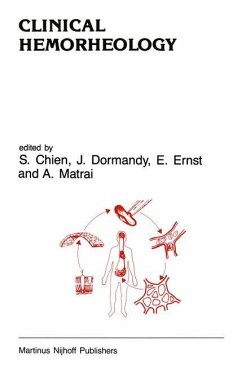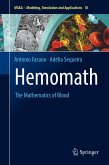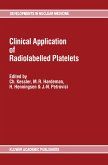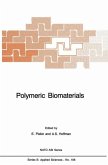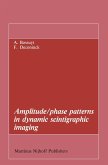`The book completely fulfills its initial objective of bridging `... the gap between scientific investigation and clinical practice ...'. It has no relevant negative aspects and thus constitutes a very good and very useful book, at an attractive price. I recommend it to all interested in hemorheology, and particularly to scientists and clinicians who wish to acquire specific knowledge on the scientific basis of hemorheology and its present state-of-the-art, or who want an extensive references book.' -- J. Martins e Silva, Clinical Hemorheology, Vol. 8, 1988.
The task the editors have set themselves is to survey the field of clinical hemorheology from basic principles to up-to-date research. It is only in a new science like this that it is possible to span the whole field in a book of this size. Hemorheology, as a new approach to the study and management of a wide range of circulatory diseases, is now beginning to appear with increasing frequency in general as well as specialized medical journals. Hemorheology is also just beginning to creep into the undergraduate medical curriculum. Therefore, the majority of graduate doctors are unequipped to assess the place of hemorheology in the overall framework of circulatory physiology and pathology or to assess its relevance to their everyday practice. It is hoped that this book will fill this gap. The approach of the book is interdisciplinary. The first part deals with basic principles of blood flow, circulation and hemorheology. It has been written with the general doctor in mind, who has no special knowledge of hemodynamics and rheological concepts, terminology or methodology. To maintain the emphasis on practical clinical applications, all the chapters in the second part of the book have been written by clinical specialists practicing in the individual areas of disease. The book is so designed that clinicians may be able to read the relevant chapters in the second part of the book in isolation, using the basic science aspects contained in the first part of the book as reference chapters.
Hinweis: Dieser Artikel kann nur an eine deutsche Lieferadresse ausgeliefert werden.
The task the editors have set themselves is to survey the field of clinical hemorheology from basic principles to up-to-date research. It is only in a new science like this that it is possible to span the whole field in a book of this size. Hemorheology, as a new approach to the study and management of a wide range of circulatory diseases, is now beginning to appear with increasing frequency in general as well as specialized medical journals. Hemorheology is also just beginning to creep into the undergraduate medical curriculum. Therefore, the majority of graduate doctors are unequipped to assess the place of hemorheology in the overall framework of circulatory physiology and pathology or to assess its relevance to their everyday practice. It is hoped that this book will fill this gap. The approach of the book is interdisciplinary. The first part deals with basic principles of blood flow, circulation and hemorheology. It has been written with the general doctor in mind, who has no special knowledge of hemodynamics and rheological concepts, terminology or methodology. To maintain the emphasis on practical clinical applications, all the chapters in the second part of the book have been written by clinical specialists practicing in the individual areas of disease. The book is so designed that clinicians may be able to read the relevant chapters in the second part of the book in isolation, using the basic science aspects contained in the first part of the book as reference chapters.
Hinweis: Dieser Artikel kann nur an eine deutsche Lieferadresse ausgeliefert werden.
`The book completely fulfills its initial objective of bridging `... the gap between scientific investigation and clinical practice ...'. It has no relevant negative aspects and thus constitutes a very good and very useful book, at an attractive price. I recommend it to all interested in hemorheology, and particularly to scientists and clinicians who wish to acquire specific knowledge on the scientific basis of hemorheology and its present state-of-the-art, or who want an extensive references book.'
J. Martins e Silva, Clinical Hemorheology, Vol. 8, 1988.
J. Martins e Silva, Clinical Hemorheology, Vol. 8, 1988.
`The book completely fulfills its initial objective of bridging `... the gap between scientific investigation and clinical practice ...'. It has no relevant negative aspects and thus constitutes a very good and very useful book, at an attractive price. I recommend it to all interested in hemorheology, and particularly to scientists and clinicians who wish to acquire specific knowledge on the scientific basis of hemorheology and its present state-of-the-art, or who want an extensive references book.'
J. Martins e Silva, Clinical Hemorheology, Vol. 8, 1988.
J. Martins e Silva, Clinical Hemorheology, Vol. 8, 1988.

